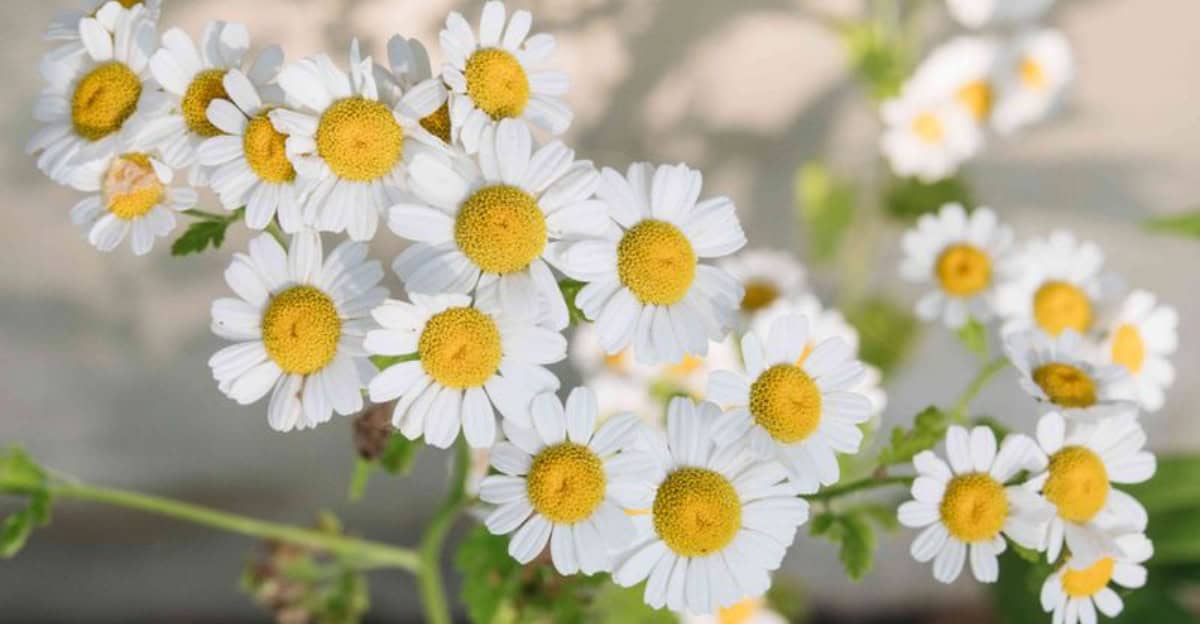Growing herbs for tea in your own garden is a rewarding experience. Not only do you get to enjoy fresh, aromatic flavors, but you also contribute to a sustainable lifestyle.
Let’s explore the best 10 herbs that are easy to cultivate and perfect for your tea blends.
1. Mint
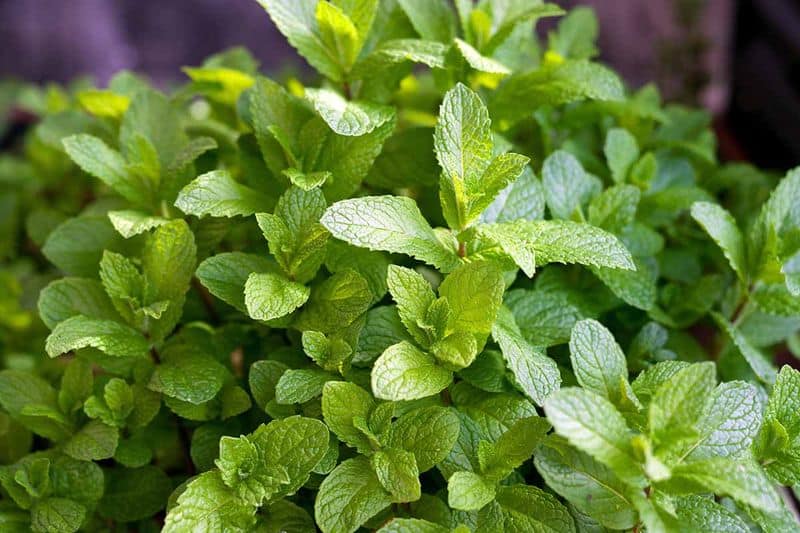
Mint is a refreshing herb ideal for tea. Its vibrant flavor provides a cooling effect, making it perfect for hot summer days.
Mint thrives in shaded areas and requires regular watering. Its pleasant aroma can also repel garden pests. Harvest leaves regularly to encourage new growth and fuller plants.
2. Chamomile
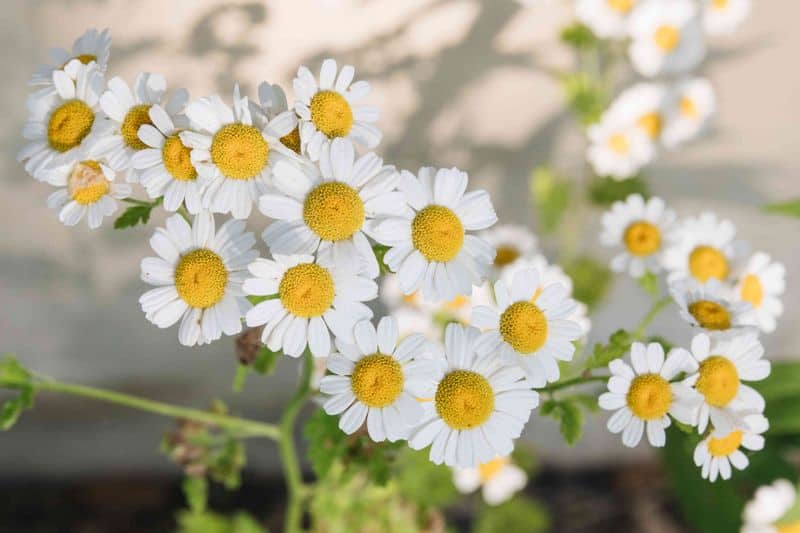
Chamomile, known for its calming effects, is a must-have. Its daisy-like flowers bring a gentle sweetness to tea.
Plant chamomile in sunny spots with well-draining soil. This herb is easy to care for and can be grown in pots or directly in the ground. Harvest flowers when they are fully open.
3. Lemon Balm

Lemon balm offers a citrusy flavor that complements various tea blends. It’s easy to grow, thriving in full sun or partial shade.
This herb attracts pollinators, enhancing garden biodiversity. Prune regularly to maintain shape and encourage bushy growth. Lemon balm’s soothing aroma adds tranquility to any garden.
4. Lavender
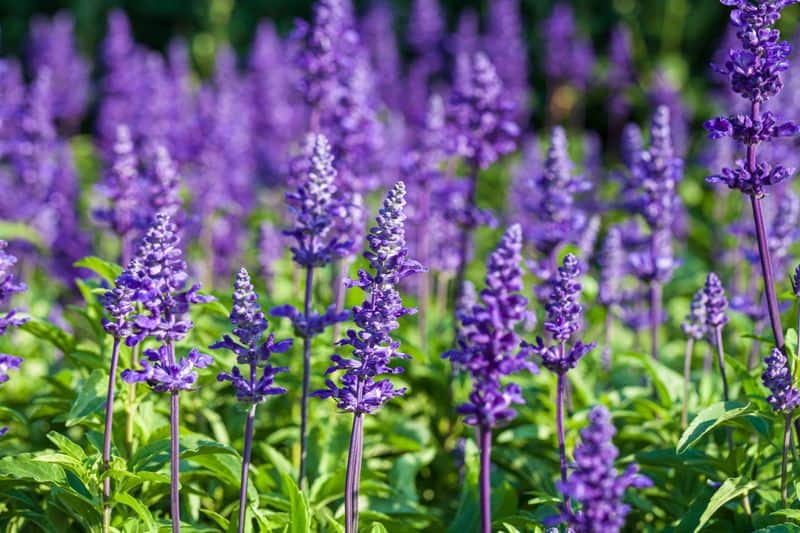
Lavender infuses tea with a floral aroma and subtle taste. It prefers well-drained soil and full sunlight.
Lavender plants add beauty and fragrance to gardens. Keep the soil slightly dry between waterings to prevent root rot. Harvest just before flowers fully open to capture the best flavor and aroma.
5. Rosemary
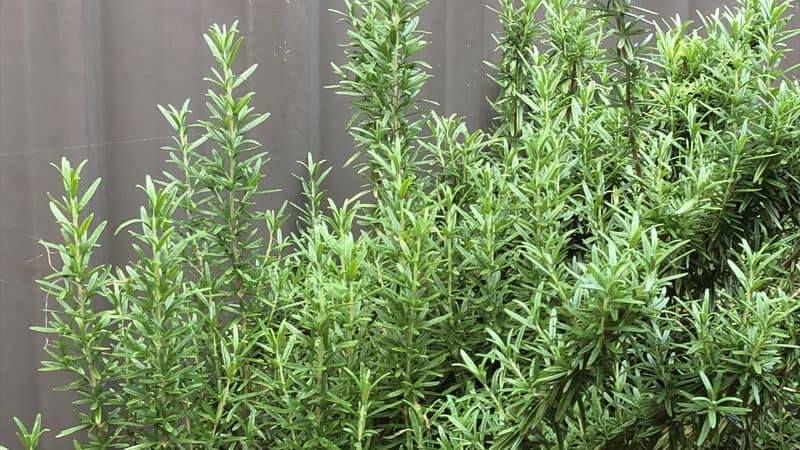
Rosemary offers a robust, earthy flavor to teas. This hardy herb loves sunny, dry conditions and well-drained soil.
Rosemary’s evergreen nature means you can enjoy it year-round. Trim it regularly to maintain shape and encourage new growth. It’s not just for flavor; it’s also known for its potential health benefits.
6. Thyme
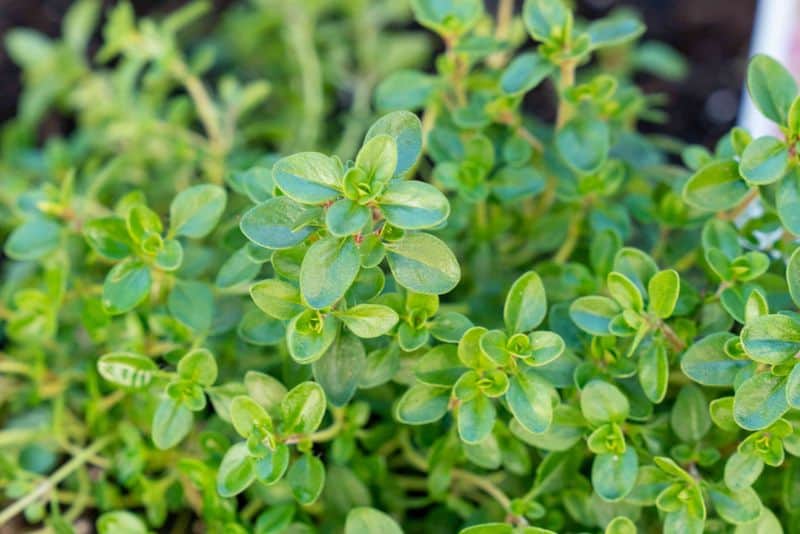
Thyme brings a subtle earthiness to tea blends. It’s a resilient herb that thrives in sunny, well-drained areas.
Thyme’s tiny leaves are packed with flavor and antioxidants. Regular trimming encourages bushier plants. This herb is versatile, perfect for adding depth to both savory dishes and your favorite teas.
7. Sage
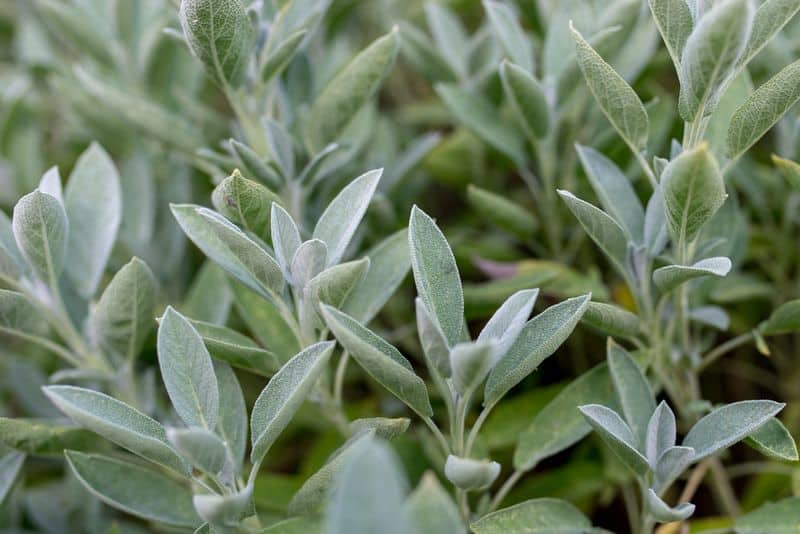
Sage is a savory herb with a bold flavor. It grows well in sunny, well-drained locations. Sage’s velvety leaves are not only aromatic but also health-boosting.
Prune to prevent woody stalks and enhance leaf production. This herb pairs well with lemon and honey, making it ideal for soothing herbal teas.
8. Basil
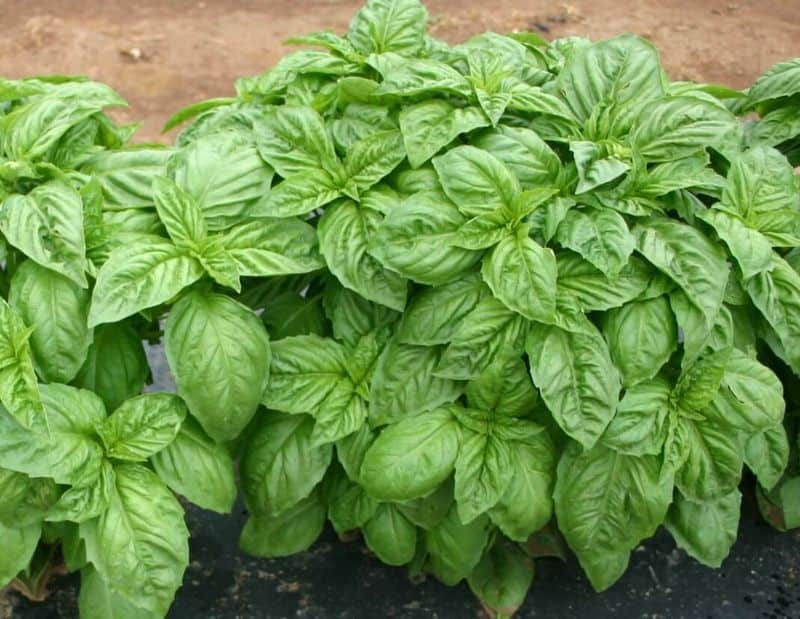
Basil isn’t just for cooking; its sweet, peppery flavor enhances teas. This herb loves warm, sunny spots and regular watering.
Pinch flowers to extend leaf production. Basil is a wonderful companion plant, repelling harmful insects. Enjoy the fragrant leaves fresh or dried, bringing summer’s essence to your cup.
9. Lemongrass

Lemongrass adds a zesty, lemony flavor to teas. It thrives in warm climates with plenty of sun and water. This herb can be grown in pots or directly in the ground.
Use the tender stalks in tea blends for a refreshing twist. Its strong aroma also deters pests naturally.
10. Fennel

Fennel offers a sweet, licorice-like flavor, perfect for tea. It thrives in sunny locations with well-draining soil.
Fennel’s feathery leaves are visually appealing and attract beneficial insects. Regular harvesting promotes plant health and productivity.

